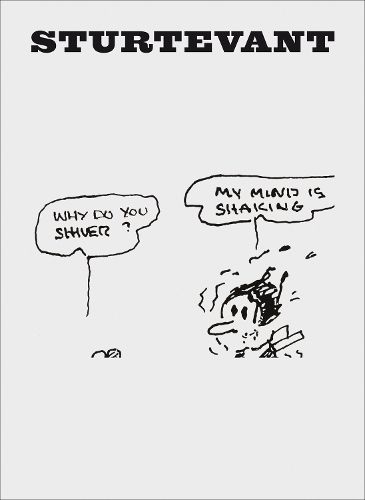Readings Newsletter
Become a Readings Member to make your shopping experience even easier.
Sign in or sign up for free!
You’re not far away from qualifying for FREE standard shipping within Australia
You’ve qualified for FREE standard shipping within Australia
The cart is loading…






Over the course of a half-century, Sturtevant (1924-2014) developed what is perhaps the most radical oeuvre of her generation. Concerned more with changing mental attitudes than with the reception of her art, she provoked the art world and the individual spectator by repeating the original works of contemporary artists. Astonishingly soon after the originals were made, she used them as source and catalyst, her intention being to, as she said, expand and develop our current notions of aesthetics, probe originality and investigate the relation of origins to originality and open space for new thinking. She is most famous for these repetitions, but her early drawings, particularly the so-called composite drawings of the 1960s, also provide important clues for understanding the artist’s radical conceptual work. This publication accompanies the first survey of Sturtevant’s drawings, a focused exploration of her graphic work from 1964 to 2004.
$9.00 standard shipping within Australia
FREE standard shipping within Australia for orders over $100.00
Express & International shipping calculated at checkout
Over the course of a half-century, Sturtevant (1924-2014) developed what is perhaps the most radical oeuvre of her generation. Concerned more with changing mental attitudes than with the reception of her art, she provoked the art world and the individual spectator by repeating the original works of contemporary artists. Astonishingly soon after the originals were made, she used them as source and catalyst, her intention being to, as she said, expand and develop our current notions of aesthetics, probe originality and investigate the relation of origins to originality and open space for new thinking. She is most famous for these repetitions, but her early drawings, particularly the so-called composite drawings of the 1960s, also provide important clues for understanding the artist’s radical conceptual work. This publication accompanies the first survey of Sturtevant’s drawings, a focused exploration of her graphic work from 1964 to 2004.